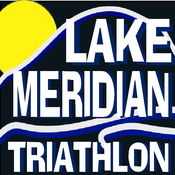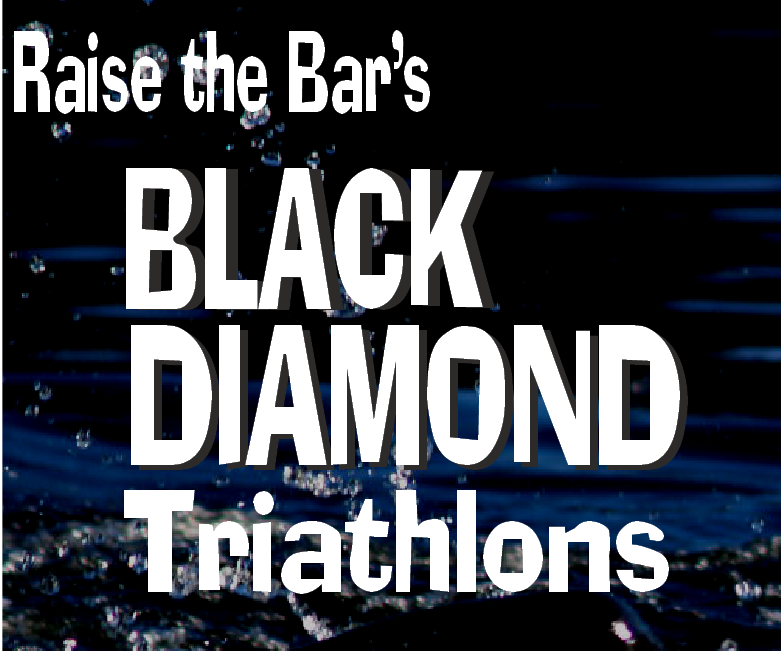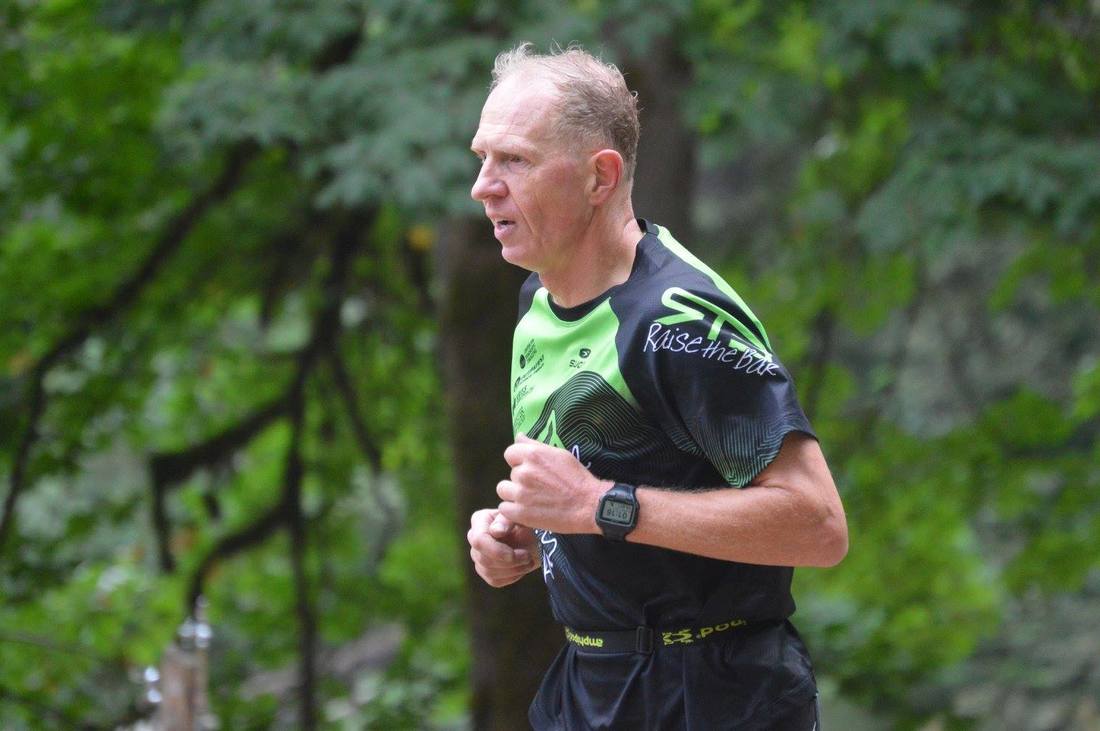 It takes a while to lose fitness, it takes a while to regain it Its January now and behind us are the reasons to miss workouts, sleep in a bit more and chow down on the left over holiday food. (Here is news: you can throw it away. You don’t have to eat it) Probably you have missed a few workouts and packed on a few pounds, and are eager to get back to your regular self. Getting back on the bandwagon should provoke questions about how hard you should working to get back to yourself and avoid an injury or worse yet, burn out by attempting to maintain a high level of fitness for too long of time. 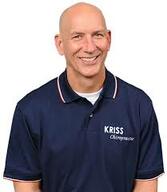 Here are a few anatomical facts to help you. A maintenance phase of at least 6 weeks a year is highly recommended. Pushing hard year round will hurt you in the long run. So, don’t feel guilty about slacking off. It takes 3 weeks to lose fitness. If you missed one or two workouts a week during those times, you likely may have lost some fitness, but not as much as you may think. As you work out regularly now, you may breath a bit harder and your heart rate may increase some, but likely you did should not have lost any speed or endurance. After 3 weeks, you may lose 5-10% of your fitness each week. Your recovery will take as long as you were inactive. If you have been a slacker for the past 6 weeks, look forward to 6 weeks of suffering until you regain your fitness. I suppose those numbers may be influenced negatively by age. Worse yet, if you have been inactive for 3 years, you will start from scratch. I have not read anything about “muscle memory” in any anatomy or physiology book or study. You retain skill and confidence, but the deterioration is still there. Hopefully that will be a bit of a motivator to get up and get moving. 5 pounds will cost you 20 seconds per mile on the run. Ouch! I hope those cookies were worth it! Running more likely will not help you get the extra weight off. Limiting hand to mouth disease will. Plus, the extra weight bouncing around is painful and damaging to your body. Want to run faster? Eat less food. The Good News Your body has an amazing ability to heal itself. I have seen many amazing recoveries where people have been out for 6 months or a year on several occasions and come back to be as strong as they were as if they didn’t miss a day. Your body will do what your brain and mind tell it to do based on what you believe about yourself and how hard and smart you work. Your confidence in your ability to get stuff done is the limiting factor. Not all of us are as anatomically gifted as others, but with persistence, a made up mind and grit, you too can be on the podium of accomplishing your dreams! “If you think you can or can’t, your right” Henry Ford (I think) Phil Kriss is Kriss Chiropractic - An RTB sponsor and an active, fun member of the team. You can read more of his ramblings at his blog HERE
0 Comments
With specialized fitness studios popping up on every corner and trackers donning nearly every wrist at the gym, some fitness trends are hard to miss. Others, such as yoga and High Intensity Interval Training (HIIT), are old news playing new roles training world as they adapt to our digital, wellness-focused culture. Whether your training plans for the new year include mixing it up at the gym or sticking to your home trainer and treadmill, being in the know about these ten fitness trends for 2019 (according to worldwide survey conducted by the American College of Sports Medicine) will help you make the most of your tracked and true workouts. 
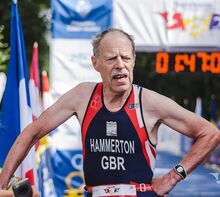 3. High Intensity Interval Training (HIIT): Interval training is time efficient, improves cardiovascular fitness, decreases boredom, and increases weight loss. If you still haven’t incorporated HIIT into your swim, bike and run workouts…well, this is a judgment free zone, but in 2019, it’s a no-brainer; the benefits of HIIT are undeniable. 4. Fitness Programs for Older Adults: I know, I know. You were with me until this one. It’s a Boomer thing, but the point here is that exercise programs geared toward “older adults” are serious business. The aging population is fitter, richer and living longer than ever before. If you are a triathlete who believes sixty is the new forty, you can find both camaraderie and serious conditioning in age-specific gyms and classes. 5. Bodyweight Training: It’s completely free, functional, requires no equipment, improves strength and flexibility simultaneously, and protects your joints. Planks, push-ups, lunges, squats and their endless iterations will increase your lean body mass without lifting weights or leaving your home. Google “bodyweight training for triathletes” for tips and examples of the best exercises for you.  6. Employing Certified Fitness Professionals: Huh? What you need to know about this one is that gyms and other fitness facilities are not just hiring anyone anymore. Formal education and legitimate certifications are more important than ever before, so before you book a personal training session or sign up for specialized training, inquire about your instructor’s educational background and expect to be impressed. 7. Yoga. Hot yoga, Yogilates, Power Yoga. By now we’ve pretty much heard it all when it comes to yoga. Refer to this article for a review of the benefits of yoga for triathletes and a link to my favorite at-home yoga videos. 8. Personal Training. When you are a committed athlete who knows how to plan a workout, hiring a personal trainer may seem like an unnecessary luxury. But the popularity of personal trainers is increasing for good reasons. Working out with a trainer can help even the most knowledgeable triathletes break through training plateaus, avoid injuries and stay motivated.  Holly Pennington Holly Pennington 9. Functional Fitness Training. This trend covers a wide variety of exercise tests and approaches specifically designed to improve quality of movement for everyday activities unique to the individual. For triathletes, shifting the focus to quality, rather than quantity, of movement is a worthwhile investment in racing longevity. Specialized tests such as the Functional Movement Screen (offered at OPT) can identify inefficient movement patterns that place triathletes at greater risk for injury and underperformance. 10. Exercise is Medicine. This global health initiative encourages primary care providers to prescribe physical activity for conditions such as diabetes, depression, cancer and hypertension. As a triathlete, you have plenty of other reasons to stay active but reframing exercise as medicine is another powerful reason to keep on racing. Now that you are in the know and there are plenty of new – and free – things to try this year, what will you do differently in 2019? Written by Holly Pennington, PT, DPT/Outpatient Physical Therapy |
Raise the BarRace reports, upcoming events, news, and more, from RTB. Archives
September 2023
|
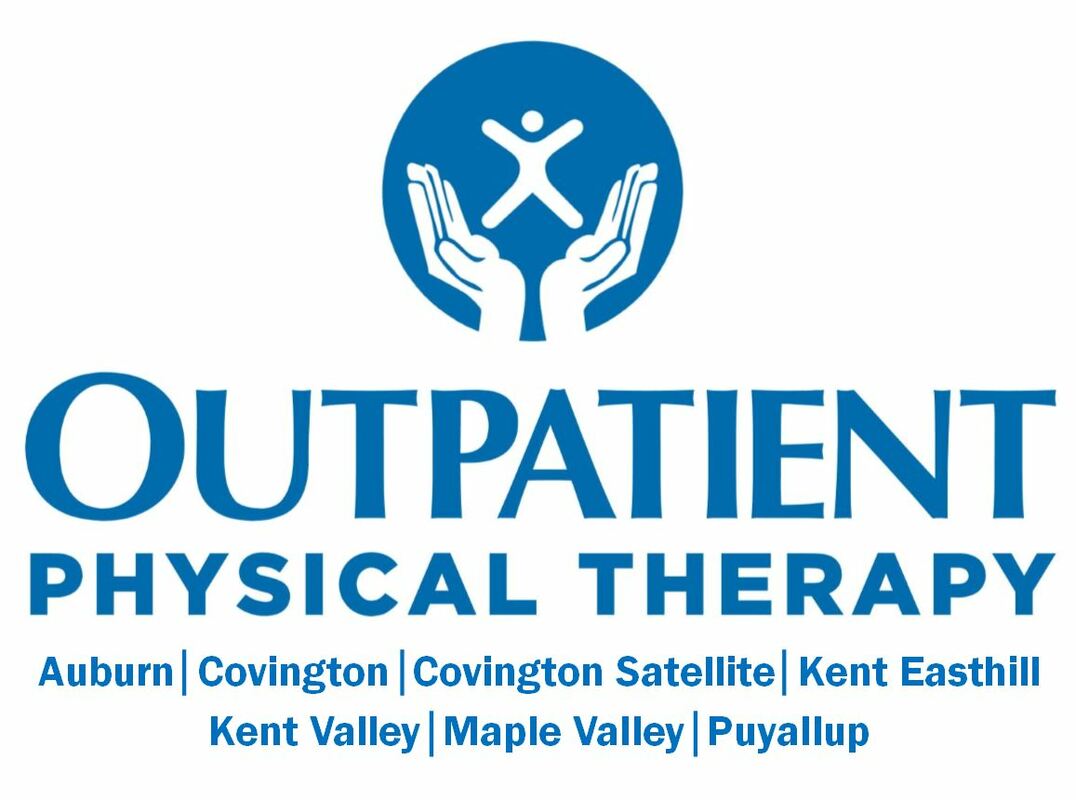
 RSS Feed
RSS Feed
